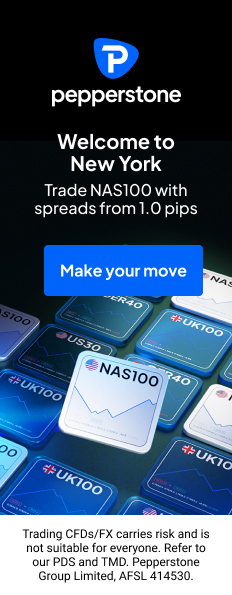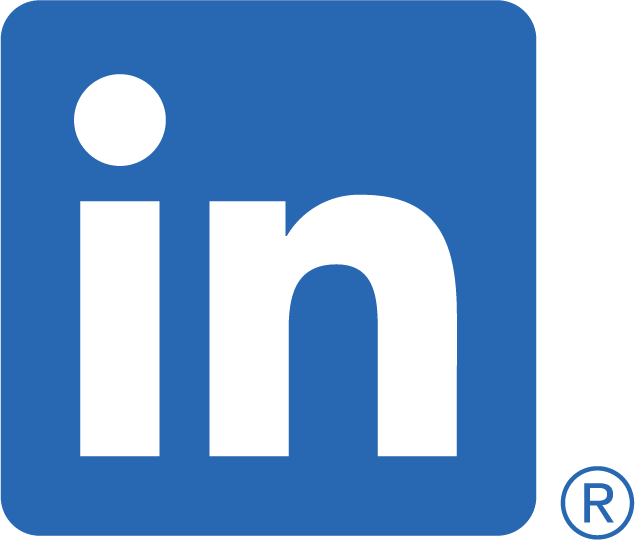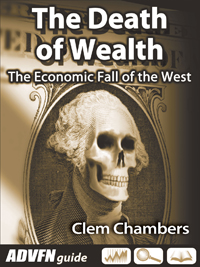In this Newsletter I’m going to challenge Buffett a little on this statement he wrote in 1985, 12 years after the purchase (I’m going to question whether there is just a little bit of hindsight bias. What I mean is, it turned out well, so when he looked back to 1973 it seems that it must have been obvious to all that it was worth a lot more than what he paid):
“Most security analysts, media brokers, and media executives would have estimated WPC’s intrinsic business value at $400 to $500 million just as we did. And its $100 million stock market valuation was published daily for all to see.” (Buffett letter to shareholders of Berkshire Hathaway 1985)
Imagine that you were valuing this company from the facts presented to you in the 1972 Annual Report:
Balance sheet December 1972 ($m)

| Cash | 10.2 |
| Current financial assets | 19.6 |
| Receivables | 25.2 |
| Inventory | 3.8 |
| Prepayments | 2.9 |
| TOTAL OF CURRENT ASSETS | 61.8 |
| All liabilities | -81.9 |
| NET CURRENT ASSET VALUE | -20.1 |
(Source: Washington Post Company Annual Report 1972)
We have a negative net current asset value, so clearly, this investment decision was not motivated by following Benjamin Graham’s NCAV approach.
What about the history of sales and profits?
Revenue and net income
| $m | Revenue | Net income after tax |
| 1965 | 108 | 7.7 |
| 1966 | 123 | 8.6 |
| 1967 | 131 | 7.1 |
| 1968 | 147 | 7.7 |
| 1969 | 169 | 8.5 |
| 1970 | 178 | 5.1 |
| 1971 | 193 | 7.2 |
| 1972 | 218 | 9.7 |
(Source: Washington Post Company Annual Report 1972)
Are you getting a valuation near to the $400m – $500m that Buffett claimed in 1985 yet? Nor me.
There is some growth in the profit numbers but not that much, and besides which they are all less than $10m, so we would be talking of a price to earnings ratio of 40 – 50. This sort of ratio gives most value investors nose bleeds.
Let’s try looking at the year 1972 in more detail.
Income from operations before tax
| $m | 1972 | 1971 | Growth |
| Newspapers | 10.2 | 8.7 | 17% |
| Magazines and books | 5.7 | 2.7 | 111% |
| Broadcasting | 5.9 | 3.8 | 56% |
Now I’m getting a little closer. Wow look at those growth numbers. Something extraordinary might be happening at this company: how did they raise income so much? Did they acquire firms? NO.
If not, how did they grow organically, and are those fundamentals of the business sustainable over decades? If so, I might accept a much higher price-earnings ratio than 10.
Before I look at the events of the year and the qualitative factors I throw another important set of facts at you in the next table
Revenue by customer type
| $m | 1972 | 1971 |
| Advertising | 166 | 148 |
| Circulation (paid by readers or viewers) | 47 | 42 |
| Other | 4 | 3 |
Over three-quarters of revenue comes from advertising. Put yourself in the position of say a furniture store advertiser or a whisky brand-manager. Where do you want to advertise most: in the paper with over 60% of the circulation in the town, or the paper with a fraction of that market share?
Of course, you’d be willing to pay a lot more to place your ad in the dominant paper. Thus, over the years, the dominant paper……….To read the rest of this article, and more like it, subscribe to my premium newsletter Deep Value Shares – click here http://newsletters.advfn.com/deepvalueshares/subscribe-1


 Hot Features
Hot Features












